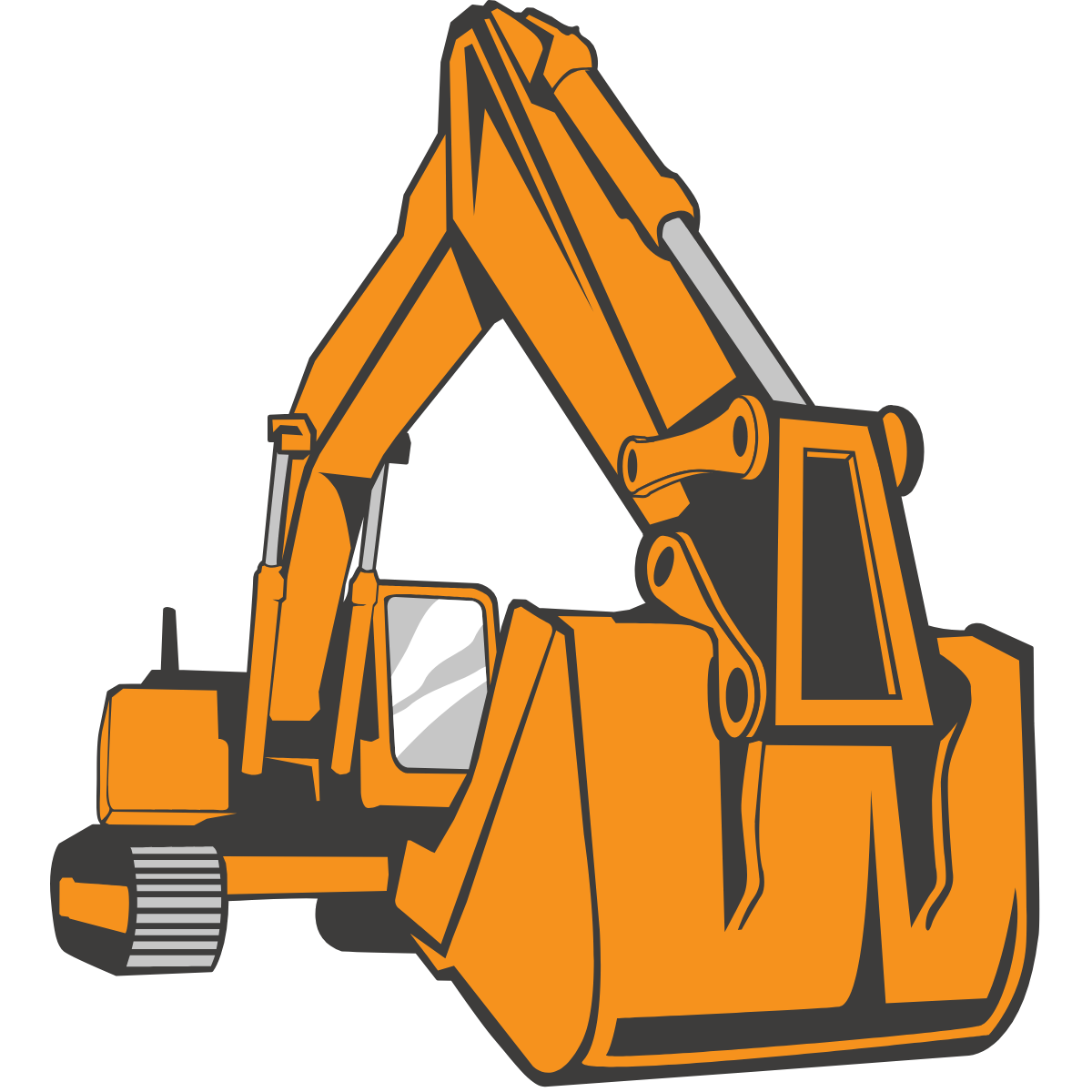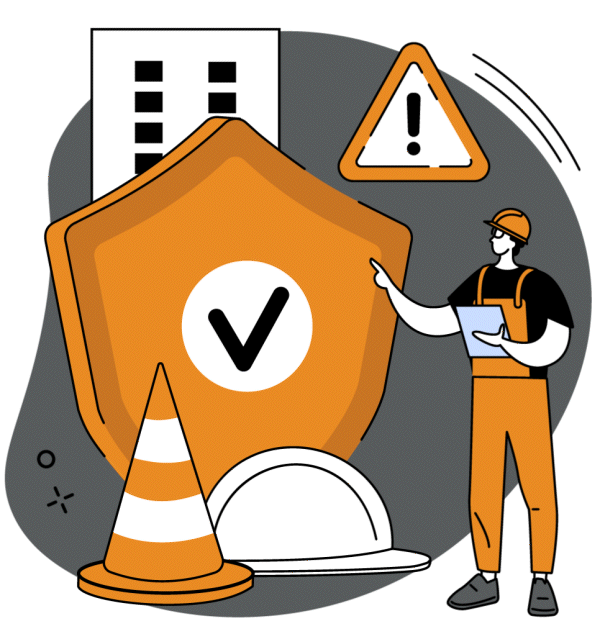6 Key Statistics Shaping Construction Safety Today
In Canada’s construction industry, safety is not just a legal requirement—it’s a business imperative. With workers five times more likely to be injured than in other sectors, companies cannot afford to treat safety as an afterthought. The latest statistics paint a clear picture of the current state of construction safety, highlighting why proactive safety training and culture are critical.
1. Construction Accounts for 1 in 5 Workplace Fatalities
Construction work remains one of the most dangerous occupations. According to recent data that closely mirrors trends in Canada, the industry is responsible for 1 in 5 workplace fatalities. Workers in this sector are 5 times more likely to be injured than those in other industries.

2. 1 in 100 Construction Workers Suffers Serious Injury Each Year
Every year, about 1 in 100 construction workers experiences an injury serious enough to require time off work. These incidents not only impact workers and their families but also disrupt operations and increase costs for employers.
3. Four Hazards Cause 65.5% of All Construction Fatalities
A large portion of fatal incidents—65.5%—can be traced to four well-known hazards: falls, struck-by incidents, electrocution, and caught-in/between incidents. The good news? These are highly preventable through proper training, procedures, and awareness.
4. 52% Increase in Fatal Work Injuries Year-Over-Year
Work-related fatalities jumped significantly from 44 in 2021 to 67 in 2022 in Canada—showing a 52% increase. This rise underscores the urgent need for more comprehensive and consistent safety training programs.

5. PPE Can Prevent 90% of Injuries—Yet 40% Don’t Use It Properly
90% of injuries could be prevented with correct use of Personal Protective Equipment (PPE). Unfortunately, nearly 40% of workers don’t wear PPE consistently. This gap presents a major opportunity for training interventions.
6. Injuries Cost More Than Training
Construction companies spend 3.6% of their budgets on injuries—more than the 2.6% they allocate to safety training. That gap reflects a reactive, not proactive, approach to safety—and a costly one at that.
The ROI of Safety Training
Investing in safety training doesn’t just prevent accidents—it pays for itself many times over. Here’s how:
- $4–$6 Return per $1 Spent: For every dollar spent on safety programs, companies save between $4 and $6 in avoided costs.
- 52% Fewer Workplace Incidents: Companies that implement strong safety programs see workplace incidents decrease by over 50%.
- 30% Lower Insurance Premiums: Firms with excellent safety records may reduce their workers’ compensation insurance premiums by up to 30%.
- 20% Lower Turnover: Companies that prioritize safety have 20% lower turnover, improving retention and reducing hiring costs.
- Higher Employee Engagement: Workers who receive specialized training are twice as likely to feel their employer invests in their development.
- Retention Through Learning: With 90% of companies worried about retention, providing learning opportunities is now the #1 strategy for keeping talent.
How Online Construction Training Prevents Incidents
While the statistics are sobering, the good news is that most construction-related injuries and fatalities are preventable. One of the most effective tools in reducing risk is online safety training—designed to deliver consistent, high-quality instruction anytime, anywhere. Here are key types of training programs that directly target the leading causes of incidents on construction sites:
- Fall Protection Training: Falls are the leading cause of fatalities in construction. Courses focused on fall arrest systems, guardrails, ladders, and scaffolding safety can drastically reduce risk on the job site.
- Hazard Awareness and Communication: Workers learn to identify, assess, and communicate potential hazards before they escalate—especially important in dynamic environments like construction.
- PPE Awareness and Compliance: Proper use of Personal Protective Equipment (PPE) is essential, yet often overlooked. Training helps reinforce correct usage, maintenance, and compliance with regulations.
- Electrical Safety and Lockout/Tagout Procedures: Electrocution remains a top hazard. Online training ensures workers understand the dangers of live circuits and how to safely work around or de-energize electrical systems.
- Equipment Operation and Spotter Training: Struck-by incidents often involve machinery or vehicles. Training ensures both operators and spotters understand blind spots, signals, and site protocols.
- Confined Space Entry and Rescue: For workers in tanks, silos, or trenches, confined space training can mean the difference between life and death. These courses teach entry procedures, monitoring, and rescue planning.
- Workplace Violence and Harassment Prevention: A psychologically safe worksite is just as important as a physically safe one. Respectful workplace training promotes a culture where safety extends beyond physical hazards.
Construction safety training is not only a regulatory requirement—it’s a smart investment. At Dynacor Learning, we help organizations reduce risk, improve performance, and build safer worksites across Canada and the US.
Reach Out To Us Today!
Let’s work together to build a safer, more skilled, and future-ready construction workforce across Canada and beyond.
